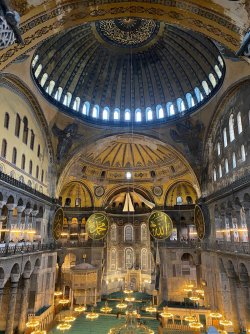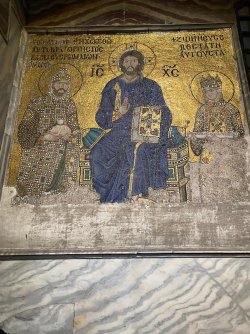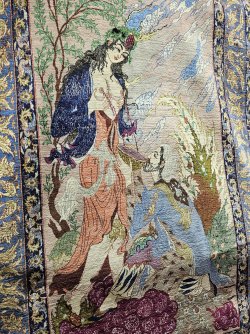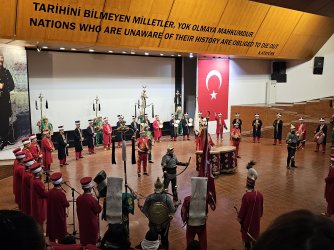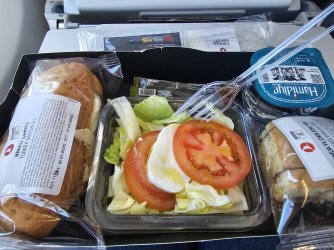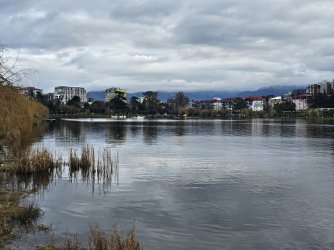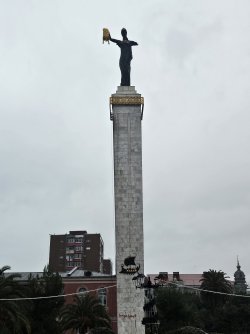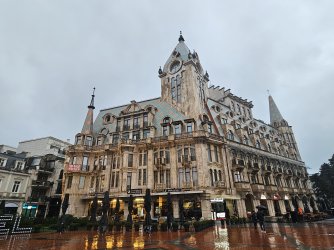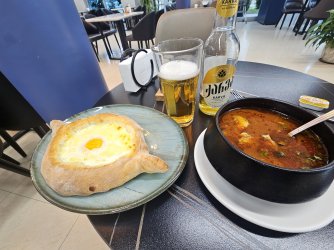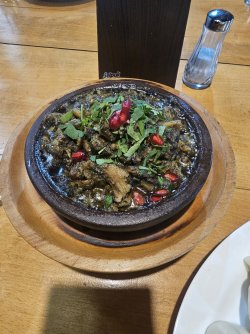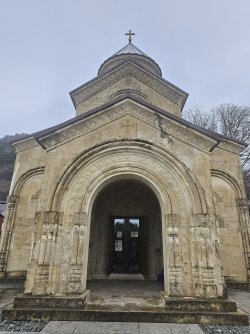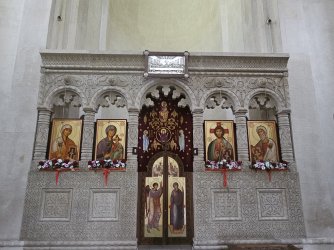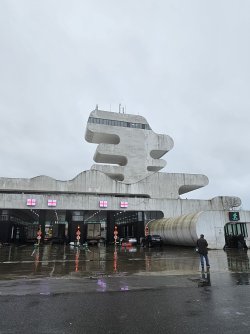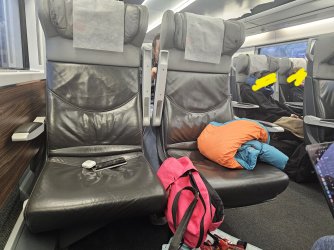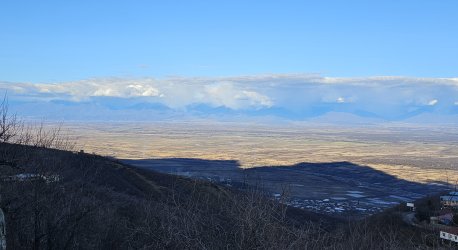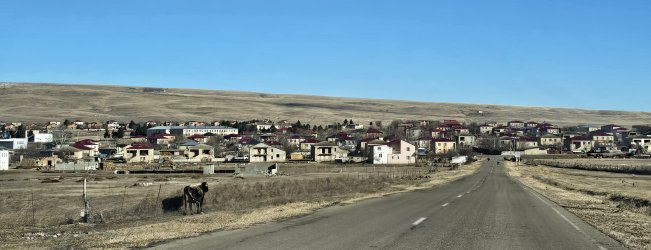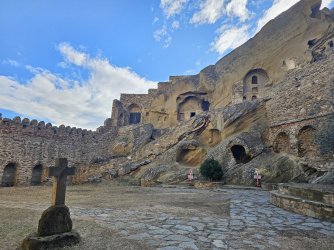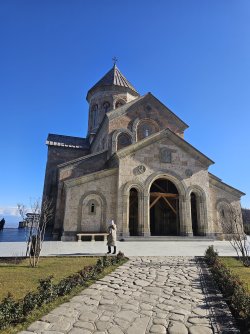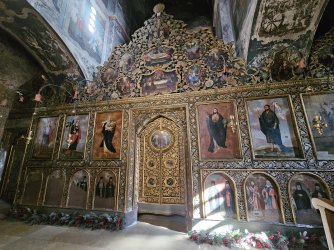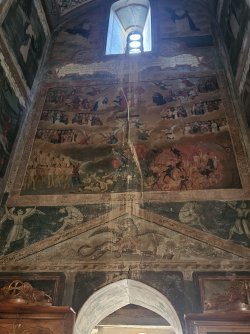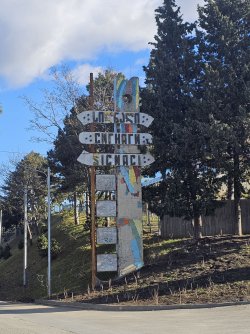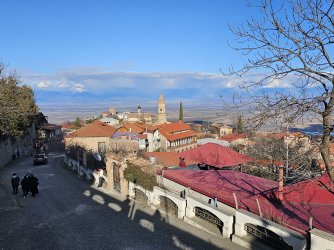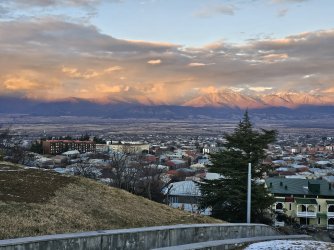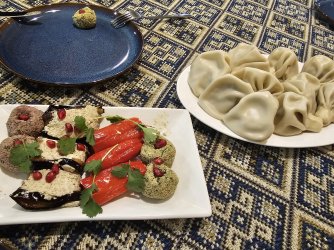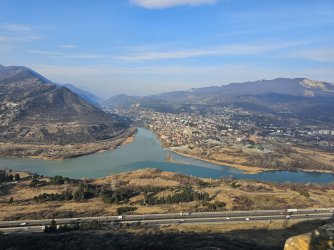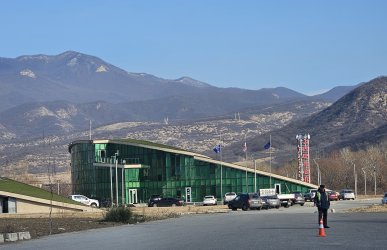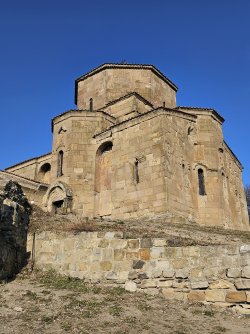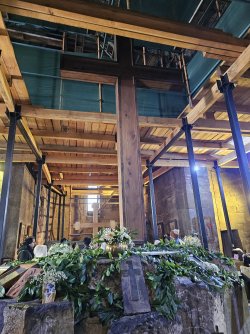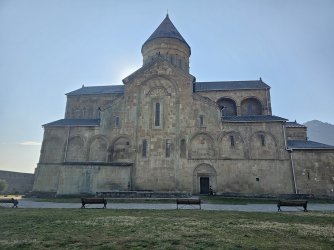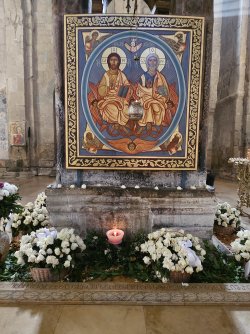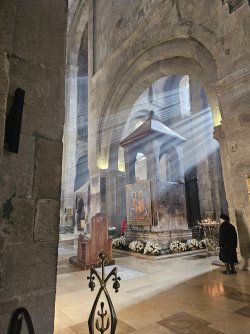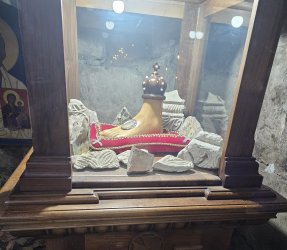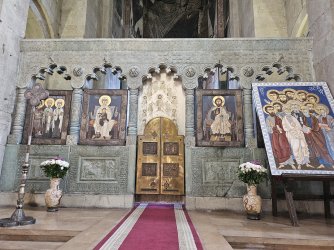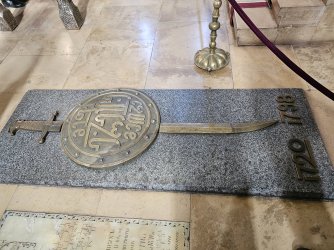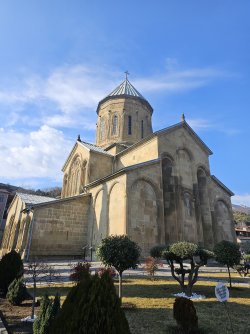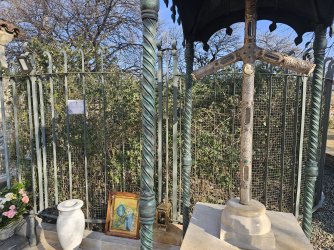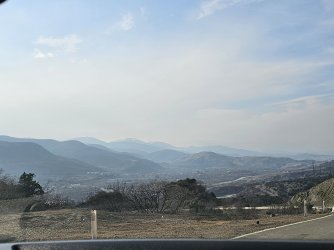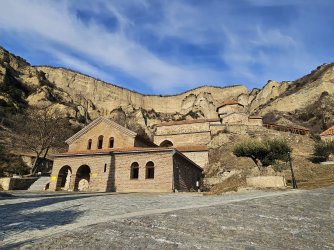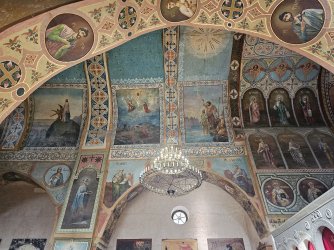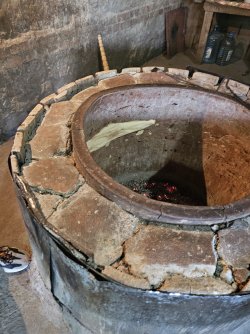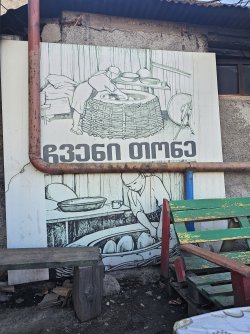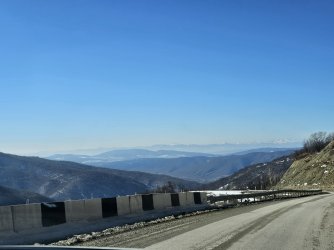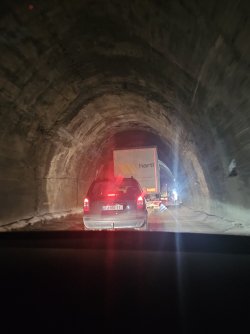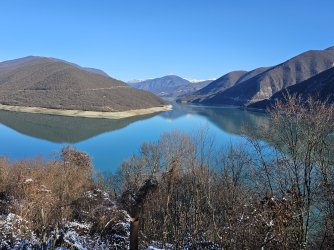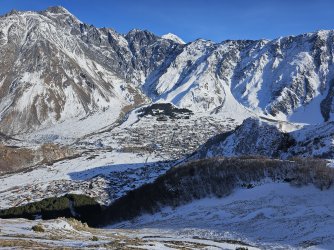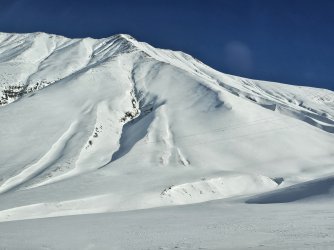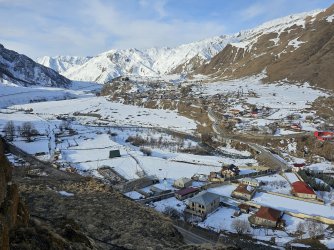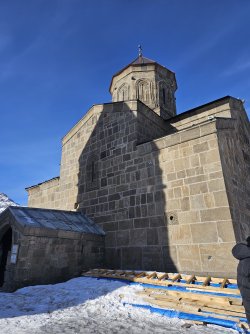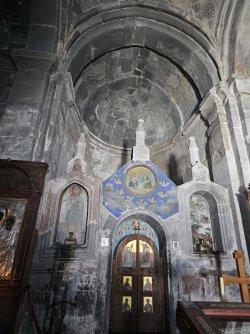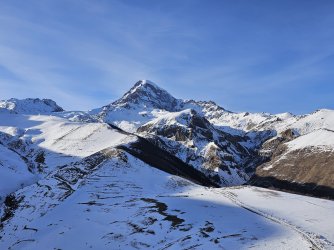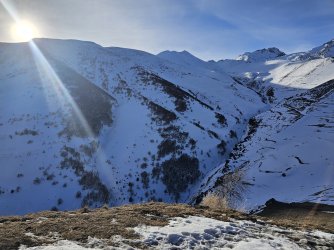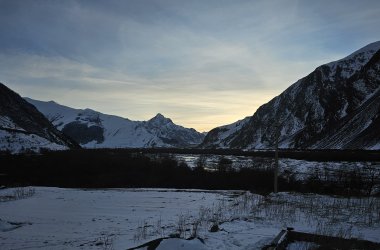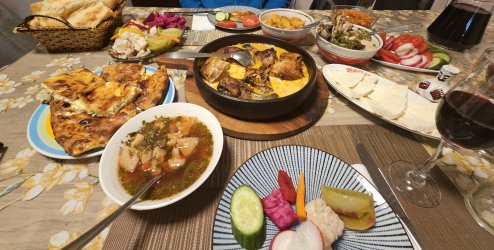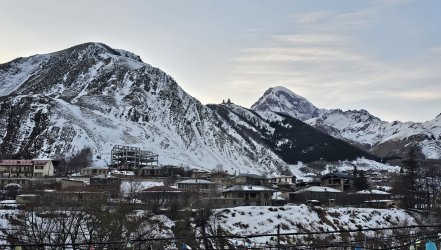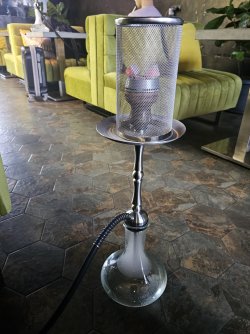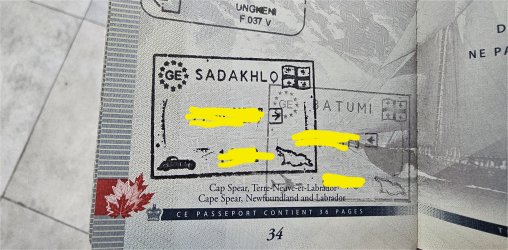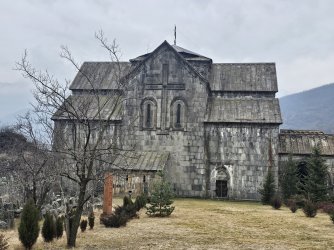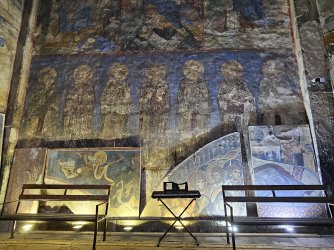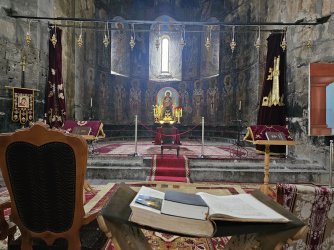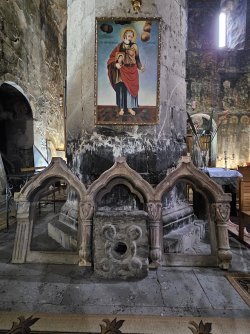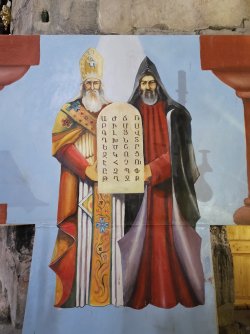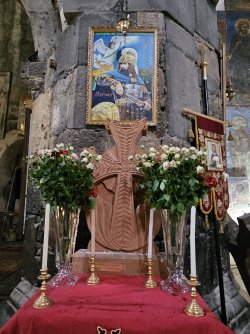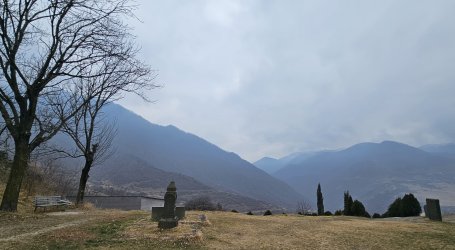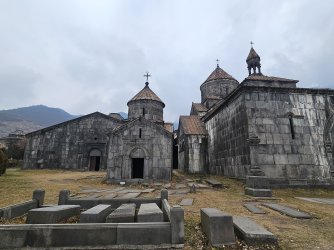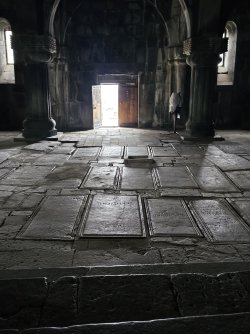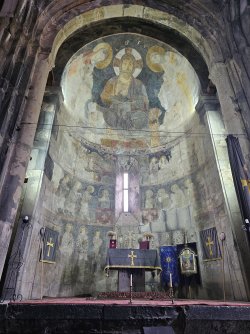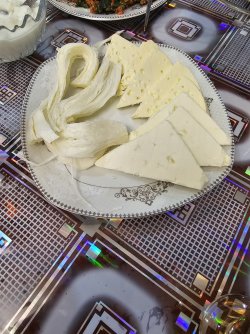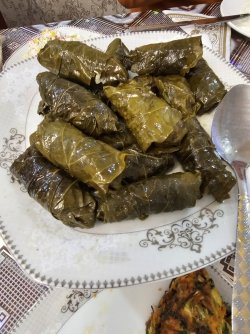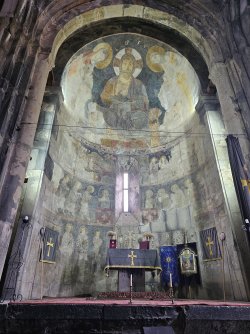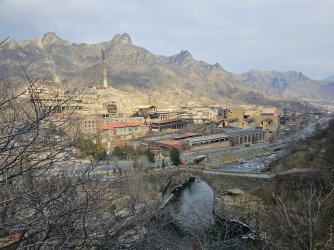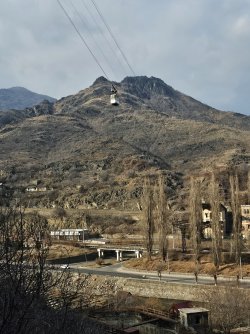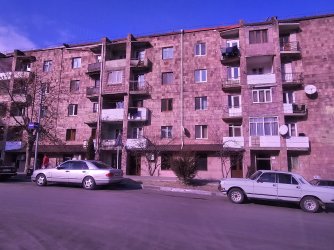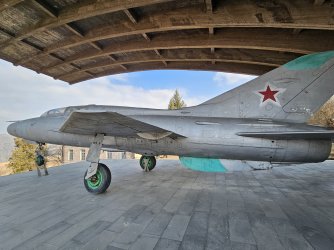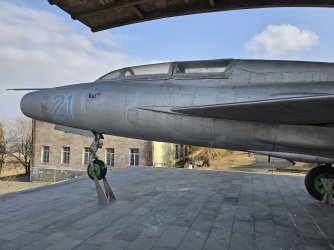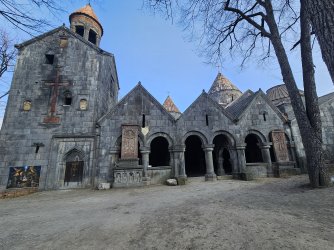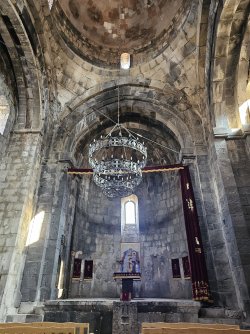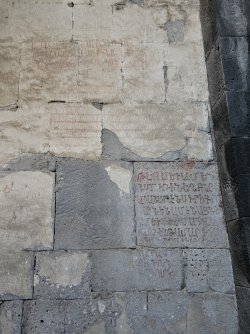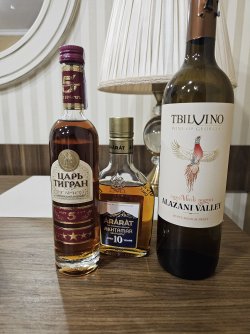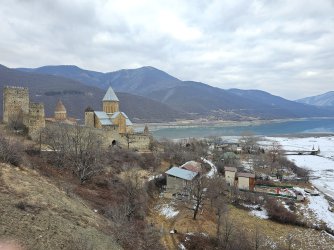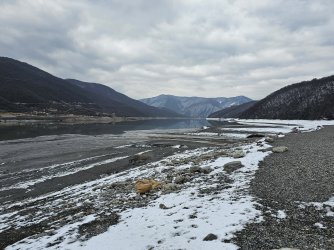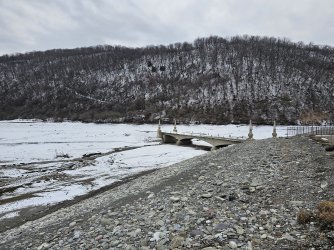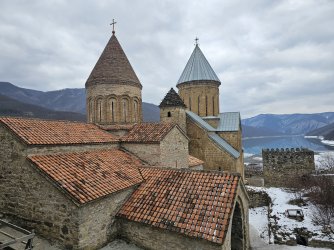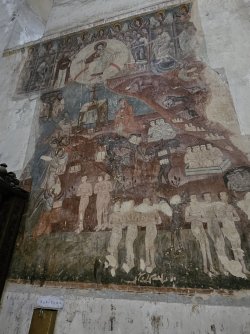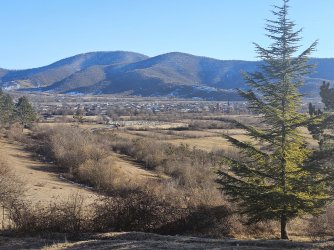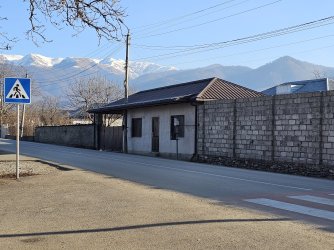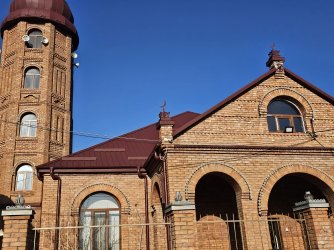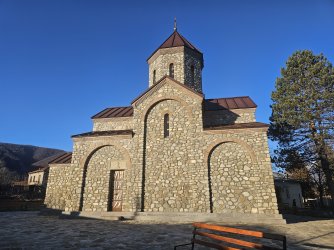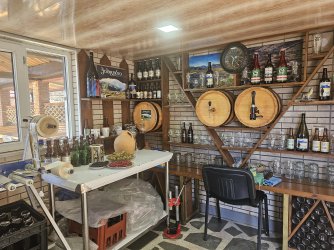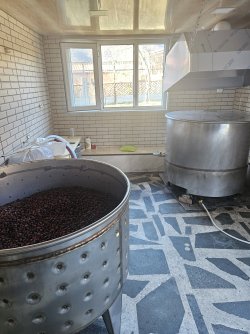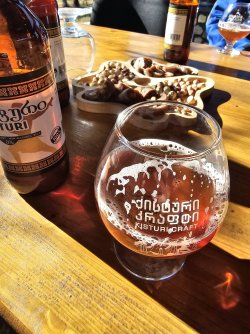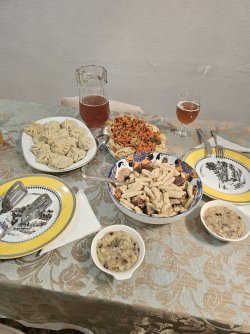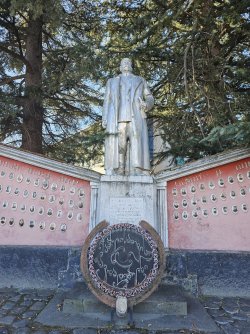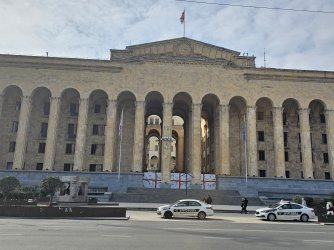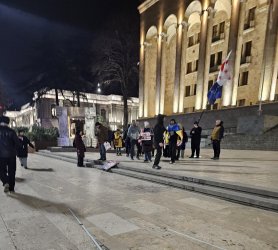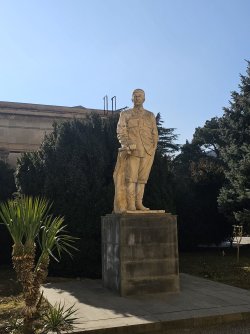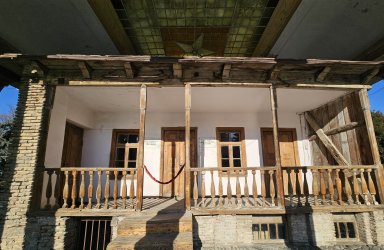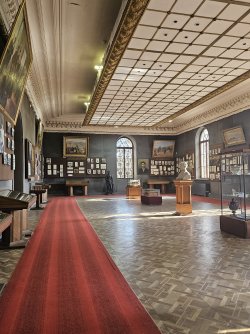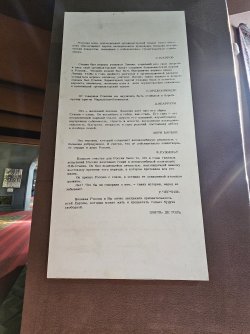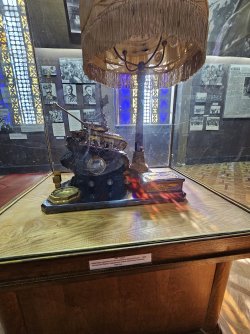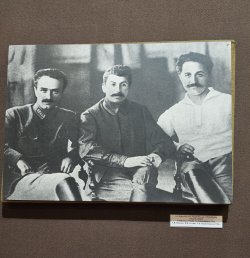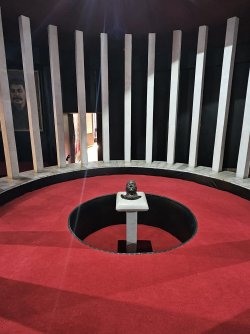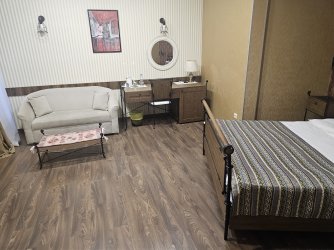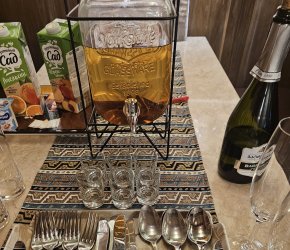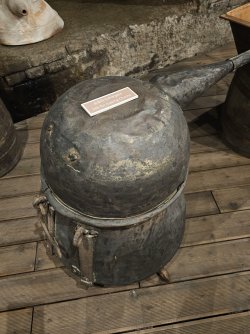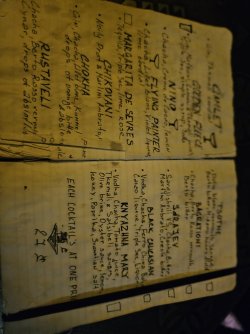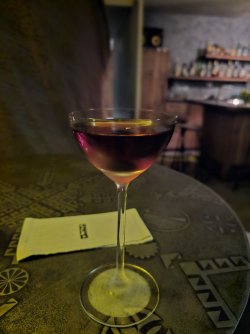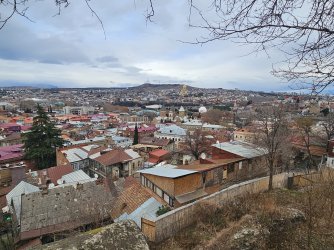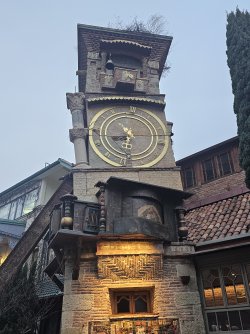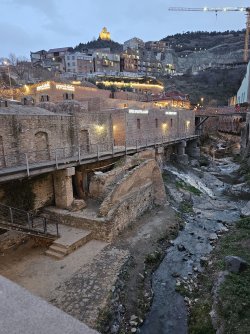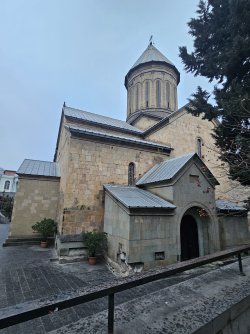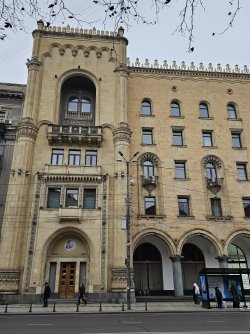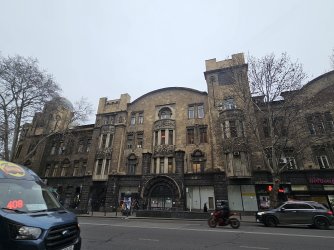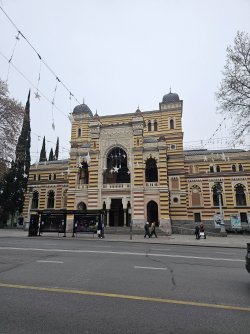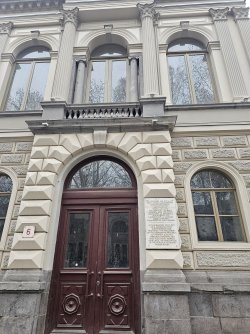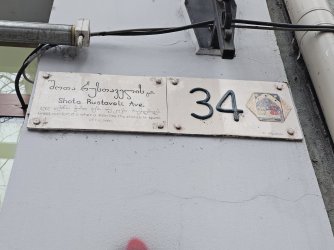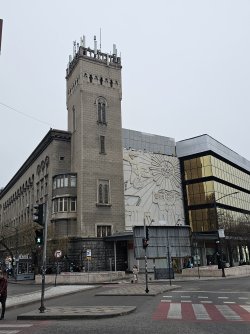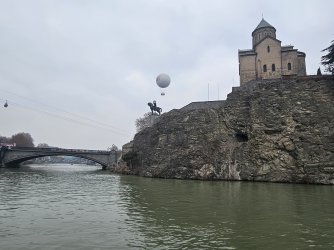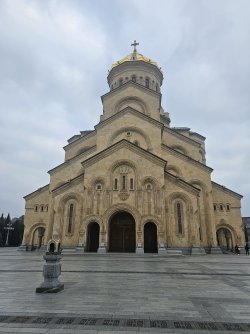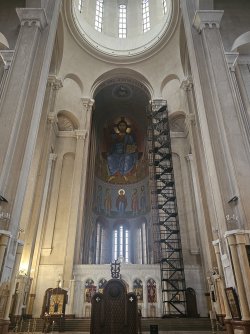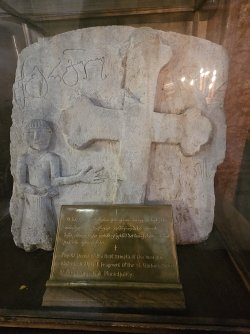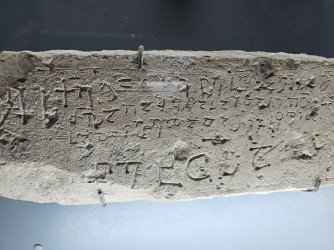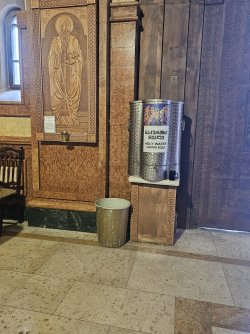- Joined
- Jan 20, 2019
- Posts
- 152
- Virgin
- Gold
Istanbul - Batumi - Tbilisi - Baku (and some stops in between)
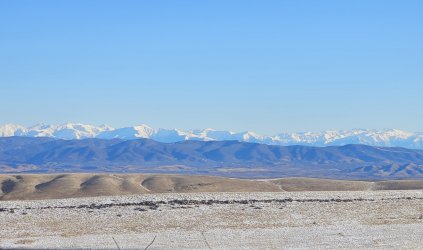
With the recent intriguing political developments in Georgia, and having not been to a CIS country in several years, I thought now would be a good time to visit. I had a few Velocity points to use prior to the upcoming changes so redeemed reward tickets on Qatar to Istanbul and then from Baku on the way back.
Georgia is a country of 3.7 million people. It's located east of Turkey, south of Russia, and west of Azerbaijan. It's known for being one of the first countries to convert to Christianity, having a lot of cholesterol-raising but tasty dishes, and hosting a part of the Caucasus mountains, although the most beautiful part is purportedly in Abhazia, the Russian-backed breakaway region that forms one of today's post-Soviet frozen conflicts.
I had wanted to go to Abhazia but my visa application waa denied. According to a local friend, it was likely because entry is not permitted via the Georgian side, although nominally on the Abhazian MFA website they do recognise it as a crossing.
The weather was bad for many days and this was my first time in seven years holidaying with checked luggage. Also, the older I get the less adventurous I become. Therefore, I planned my activities to maximise sleep, minimise having to drag luggage around, and avoid any hint of rain. (The one time I did venture out into a storm, I experienced an inexplicable loss of friction whilst walking along the beach and had an unplanned and unwelcomingly invigorating bath in the Black Sea. Thankfully I had been carrying only my old phone.)
I hope you find something interesting in this report. Feel free to share thoughts/questions/experiences - I feel that coming in winter and not being a wine drinker my views and experiences would differ from others'.
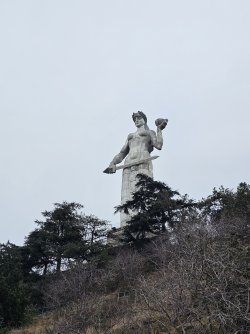
The Mother of Georgia statue meant to represent the Georgian nation. In the left hand she is holding a wine bowl

With the recent intriguing political developments in Georgia, and having not been to a CIS country in several years, I thought now would be a good time to visit. I had a few Velocity points to use prior to the upcoming changes so redeemed reward tickets on Qatar to Istanbul and then from Baku on the way back.
Georgia is a country of 3.7 million people. It's located east of Turkey, south of Russia, and west of Azerbaijan. It's known for being one of the first countries to convert to Christianity, having a lot of cholesterol-raising but tasty dishes, and hosting a part of the Caucasus mountains, although the most beautiful part is purportedly in Abhazia, the Russian-backed breakaway region that forms one of today's post-Soviet frozen conflicts.
I had wanted to go to Abhazia but my visa application waa denied. According to a local friend, it was likely because entry is not permitted via the Georgian side, although nominally on the Abhazian MFA website they do recognise it as a crossing.
The weather was bad for many days and this was my first time in seven years holidaying with checked luggage. Also, the older I get the less adventurous I become. Therefore, I planned my activities to maximise sleep, minimise having to drag luggage around, and avoid any hint of rain. (The one time I did venture out into a storm, I experienced an inexplicable loss of friction whilst walking along the beach and had an unplanned and unwelcomingly invigorating bath in the Black Sea. Thankfully I had been carrying only my old phone.)
I hope you find something interesting in this report. Feel free to share thoughts/questions/experiences - I feel that coming in winter and not being a wine drinker my views and experiences would differ from others'.

The Mother of Georgia statue meant to represent the Georgian nation. In the left hand she is holding a wine bowl








